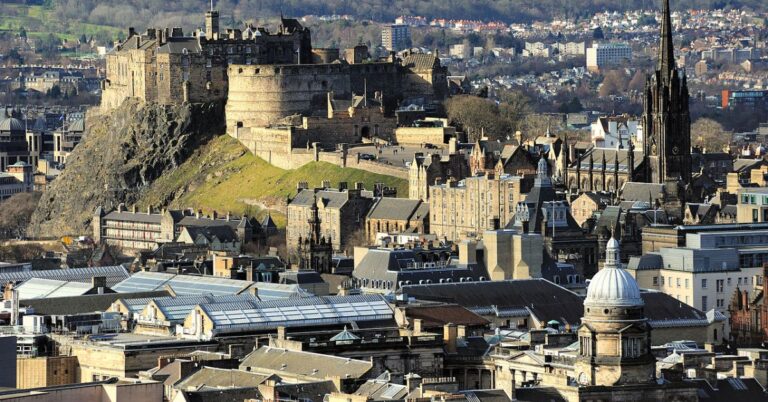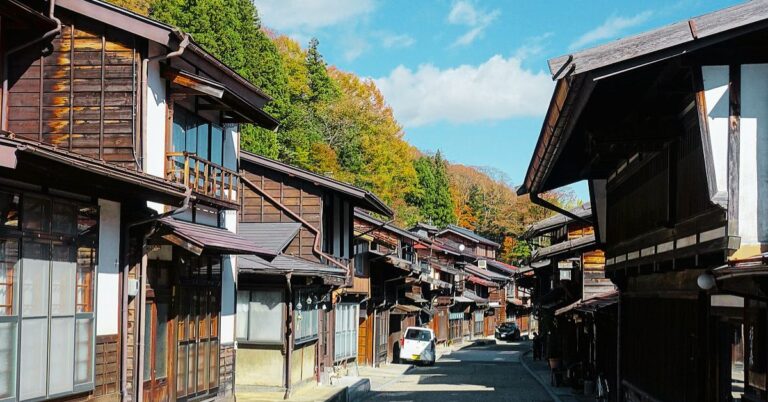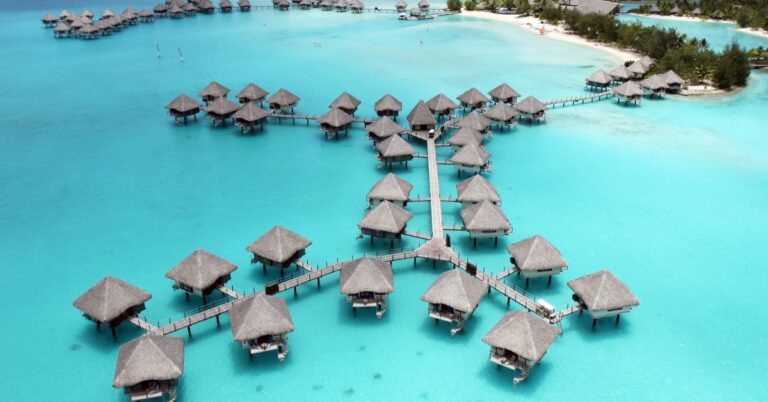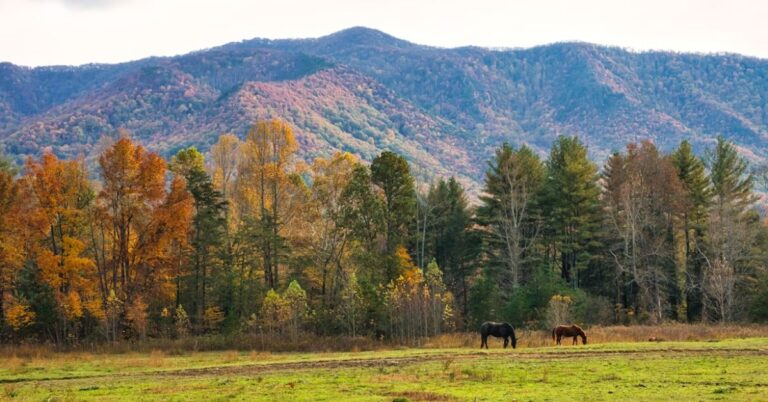25 Bone-Chilling Locations That Starred In Famous Films
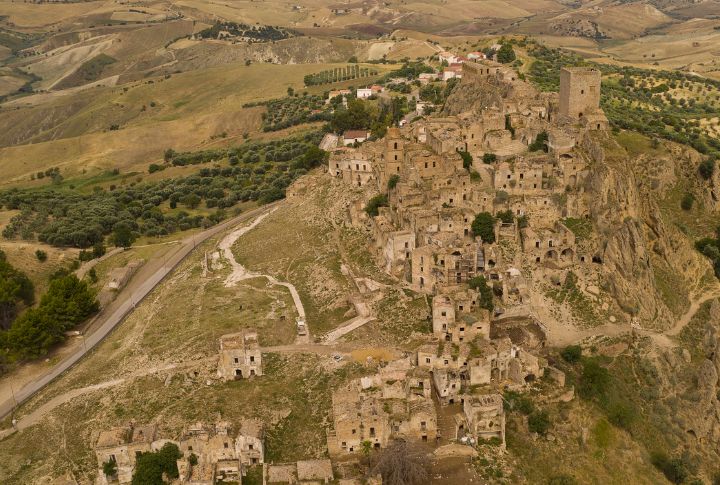
Ever noticed how some scenes just feel too real? That might be because they were. Filmmakers have stepped away from studio lots to shoot in places carrying their own dark vibes. Authenticity can be unsettling, and that’s exactly the point. Let’s look at 25 places where the creepy reel meets reality.
Stanley Hotel, Colorado
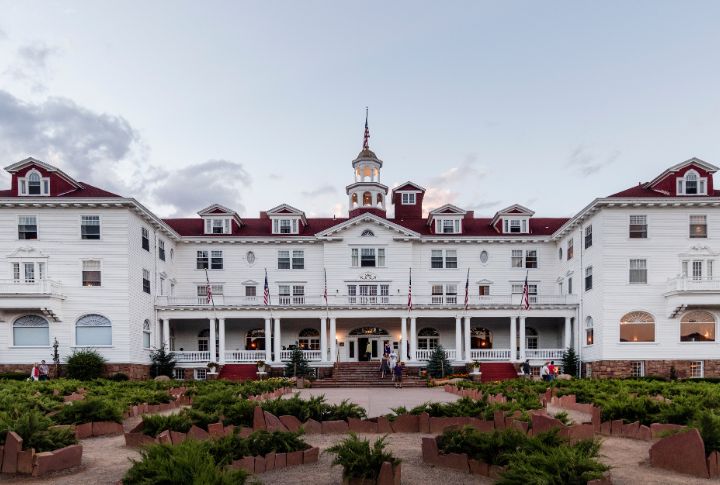
Built in 1909, the Stanley Hotel, which overlooks Colorado’s Estes Park, quickly earned a ghostly reputation. Stephen King stayed there in 1974, and his eerie experience inspired “The Shining.” While Kubrick’s film wasn’t shot on-site, the 1997 TV adaptation used the real hotel. Paranormal tours and stories of spectral children make it a living legend in horror lore.
West Virginia Penitentiary, West Virginia
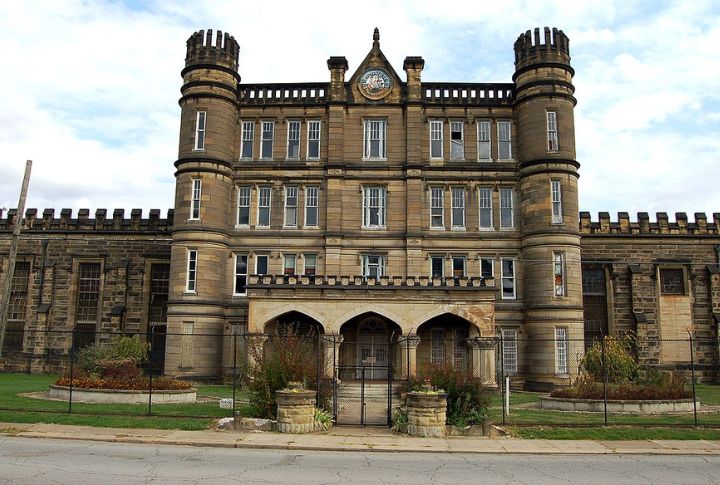
It is not just creepy on the outside—this place is pure nightmare fuel inside, too. West Virginia Penitentiary once held some of the roughest inmates around, and stories of hauntings still swirl. Movie crews picked up on the vibe, using it in “Fools’ Parade” and “Out of the Furnace.”
Eastern State Penitentiary, Pennsylvania
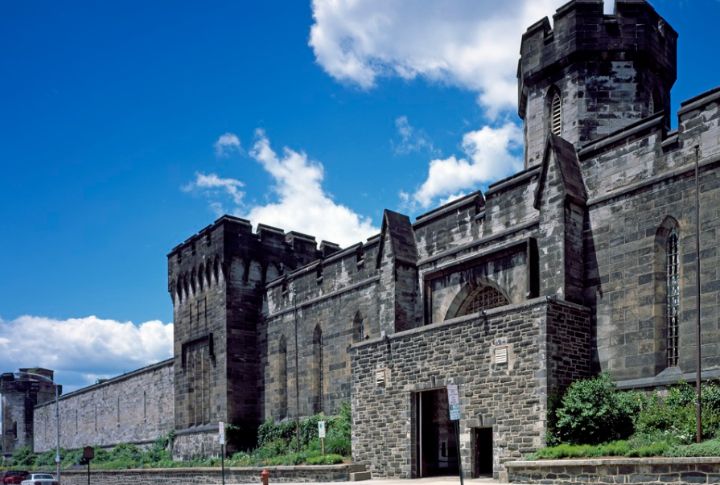
Once a pioneer of solitary confinement, Eastern State’s Gothic architecture and crumbling interiors exude eerie silence. In “12 Monkeys” (1995), it served as the asylum where Bruce Willis’s character is held in 1990. Its decaying, haunting atmosphere perfectly matched the film’s gritty vision of a fractured world.
Highgate Cemetery, London
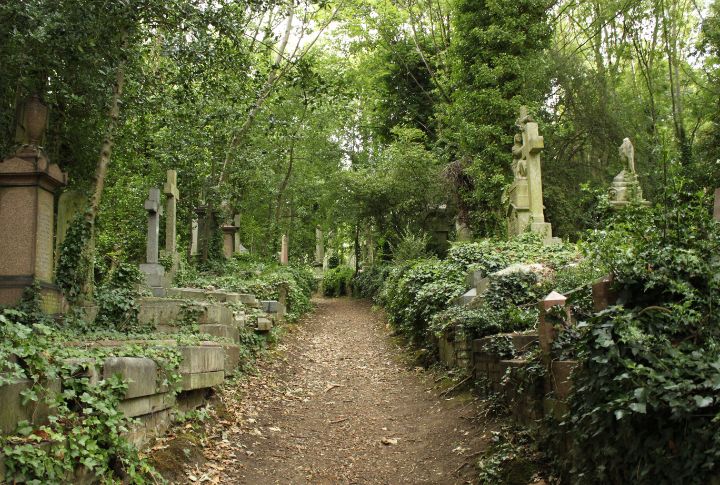
Established in 1839, Highgate Cemetery is the final resting place of Karl Marx, among others, but it’s the medieval architecture and Victorian eeriness that made it a favorite of Hammer Horror. “Taste the Blood of Dracula” (1970) used its overgrown tombs and shadowed pathways to depict the eeriness of the story.
The Exorcist Steps, Washington, D.C

These 75 steep stone steps in Georgetown became a cinematic icon after “The Exorcist” (1973). Director William Friedkin had a stunt double fall down repeatedly to create Father Karras’s brutal final scene. The stairs became so associated with the film that in 2015, the city officially recognized them as a landmark.
The Queen Mary, California

Launched in 1936 and now docked in Long Beach, the RMS Queen Mary served as a luxury liner and wartime transport before becoming a floating hotel. It’s also one of the most haunted ships in the world. Scenes for “The Poseidon Adventure” (1972) and “Death Cruise” (1974) were a few of the pioneering movies that were filmed aboard.
Craco Ghost Town, Italy

Founded in the 8th century, Craco thrived until landslides and earthquakes forced evacuation in the 1960s. The desolate stone town clings to the hills of Basilicata, untouched by time. “The Passion of the Christ” (2004) used Craco’s ruined alleys to depict biblical Jerusalem. Its crumbling facades and panoramic views made it cinematic gold.
Danvers State Hospital, Massachusetts

Built in 1878, this infamous asylum inspired H.P. Lovecraft, and came to symbolize the grim legacy of outdated psychiatric “care.” Its labyrinth of tunnels and wards made it perfect for “Session 9” (2001), a psychological horror that didn’t need to dress up the space. Though demolished in 2007, parts of the original structure still stand.
Ettington Park Hotel, England
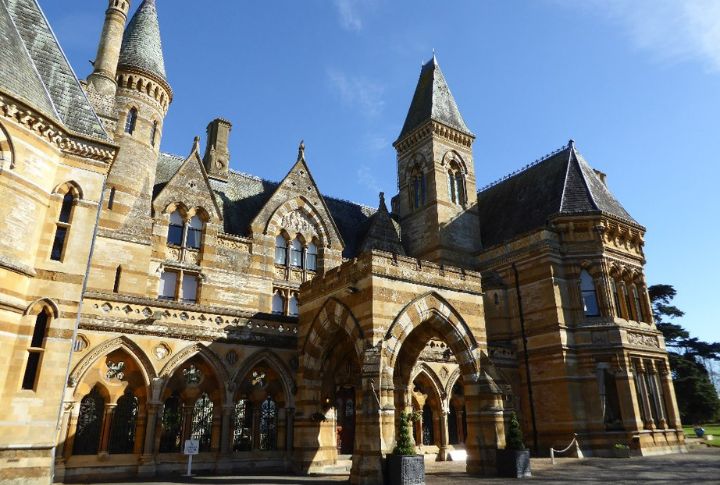
Dating back to the 12th century, Ettington Park Hotel in Stratford-Upon-Avon was used for exterior shots of Hill House in “The Haunting” (1963). Staff and guests have long reported shadowy figures and cold spots. Even the film crew members described unsettling moments, such as lights flickering and the sensation of being watched.
The Stanley Dock, Liverpool
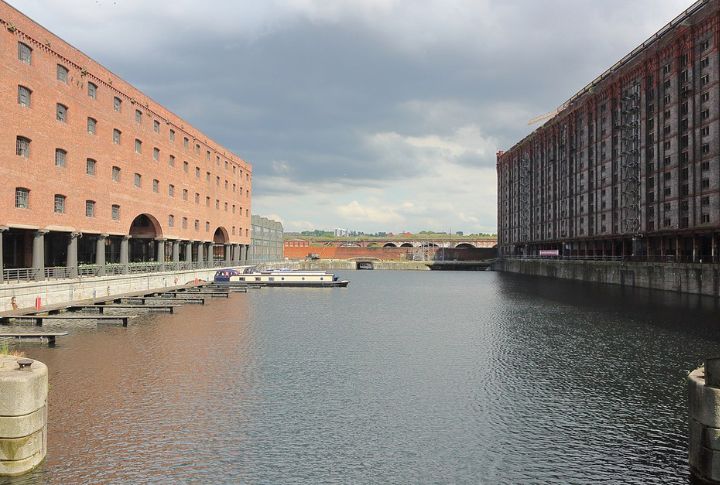
A remnant of Liverpool’s industrial heyday, Stanley Dock’s tobacco warehouse is among the largest brick buildings in the world. “The 51st State” (2001) and scenes from “Captain America: The First Avenger” (2011) used their gritty, aged structure to add character to the scenes. The stillness here feels staged yet authentic.
Beelitz-Heilstatten, Germany
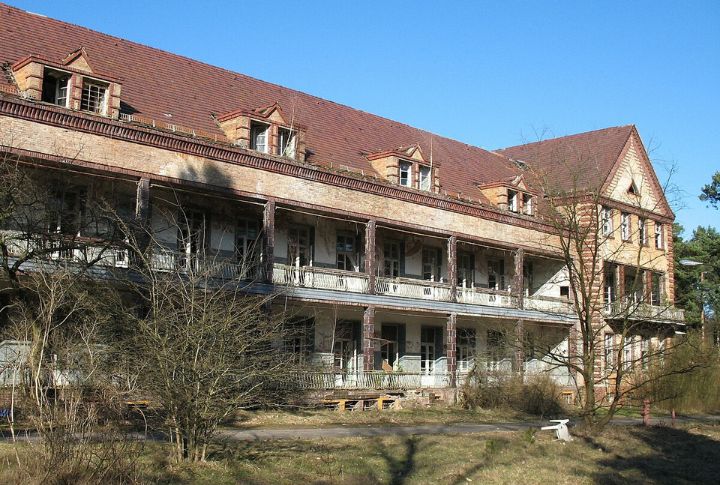
This abandoned sanatorium complex just outside Berlin once treated wounded soldiers, including a young Adolf Hitler. Its decaying surgical theaters and long, lightless corridors gave “The Pianist” (2002) its bleak wartime atmosphere. Nature crept back through shattered windows to create a haunting mix of beauty and decay that filmmakers can’t resist.
Casa Loma, Toronto
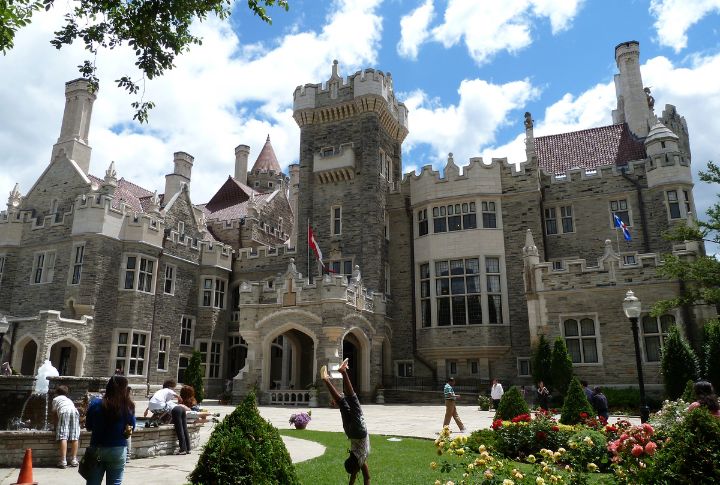
Initially built in 1914 as a private residence, Casa Loma looks like a European castle dropped into downtown Toronto. Its lavish halls and secret passageways made it a fitting backdrop for “X-Men” (2000), where it doubled as Xavier’s School for Gifted Youngsters. Beneath the grandeur, whispers of ghost sightings add eerie charm to the cinematic appeal.
The Paris Catacombs, France

Six million skeletons. One underground maze. Few locations offer the raw dread of the Paris Catacombs. “As Above, So Below” (2014) was the first film granted official permission to shoot in the catacombs themselves. The actors navigated real bones and cramped passageways. The result? Claustrophobia that didn’t need acting lessons.
Timberline Lodge, Oregon

Perched on Mount Hood, the Timberline Lodge became the face of the Overlook Hotel in Kubrick’s “The Shining” (1980). Though interior scenes were filmed elsewhere, the snowy exterior gave the movie its chilling isolation. Funnily, the hotel requested Kubrick not to use Room 217 to avoid scaring future guests. He picked 237 instead.
Myers House, California
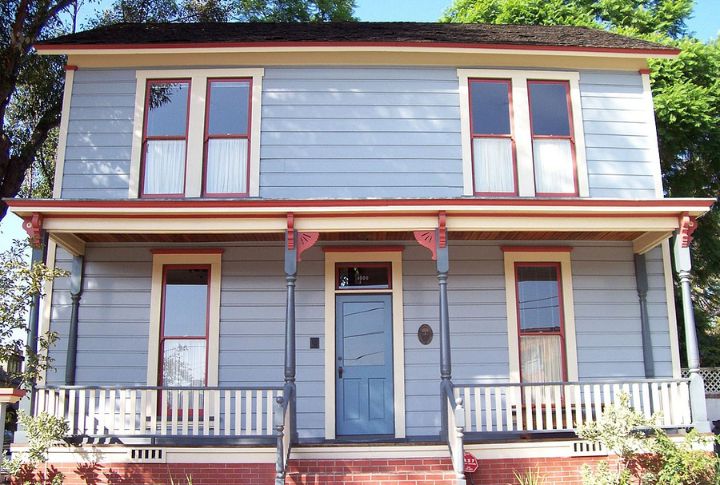
Located in South Pasadena, this modest white home at 1000 Mission Street was the original Michael Myers house in “Halloween” (1978). It’s since been relocated across the street, and the original one is preserved as a historic landmark. Fans still gather for selfies, especially around October, when horror’s quietest killer first stepped into cinematic history.
Orava Castle, Slovakia
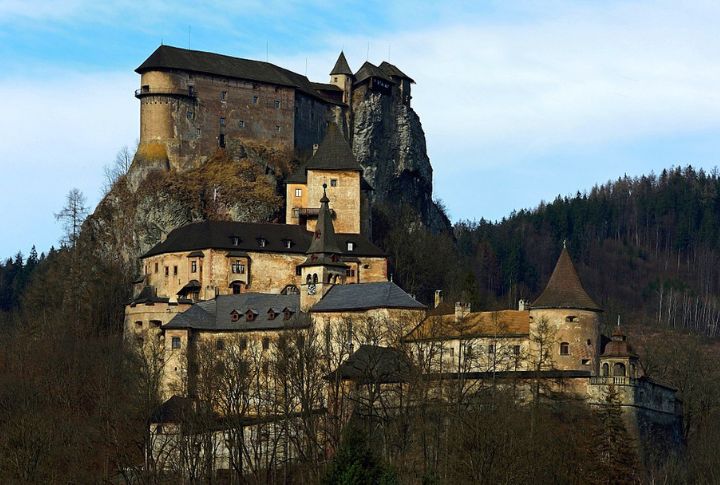
Located atop a high rock above the Orava River, Orava Castle is one of Slovakia’s most striking medieval fortresses. The imposing Gothic and Renaissance architecture provided a perfect backdrop for Count Orlok’s eerie abode in the 1922 silent horror classic “Nosferatu.”
Ohio State Reformatory, Ohio

This massive prison in Mansfield, Ohio, opened in 1896 and became immortalized in “The Shawshank Redemption” (1994). Its stone corridors and oppressive architecture provided the perfect visual metaphor for confinement. Although closed in 1990, tours, escape room games, and paranormal investigations keep the place buzzing.
The Griggs House, Maryland
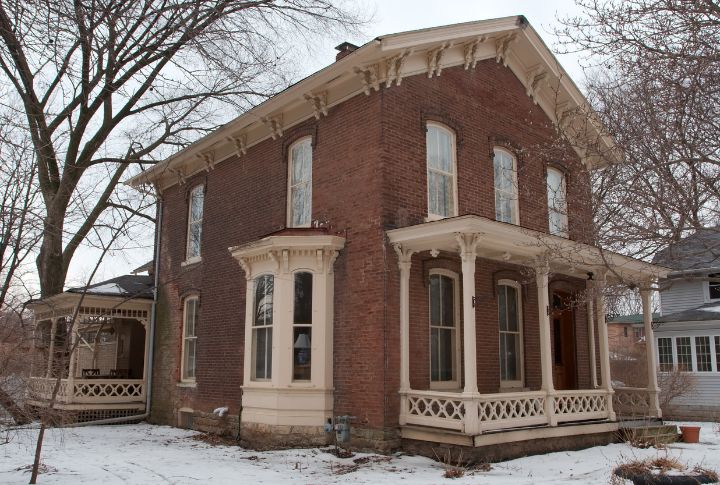
The Griggs House was a run-down, abandoned building in Patapsco Valley State Park, Maryland. Before “The Blair Witch Project,” it was just another forgotten structure, slowly being reclaimed by nature. But after the film’s eerie final scenes were shot there, it became legendary. Fans of the movie searched for it, hoping to experience the same unsettling atmosphere.
Biltmore Hotel, Florida

Built in 1926, it was later used as a military hospital during World War II, and it was abandoned for nearly a decade. Visitors and staff have reported strange noises and ghostly apparitions, adding to the hotel’s haunted reputation before it was ever used in movies like “Bad Boys” or “The Specialist.”
Charleville Castle, Ireland
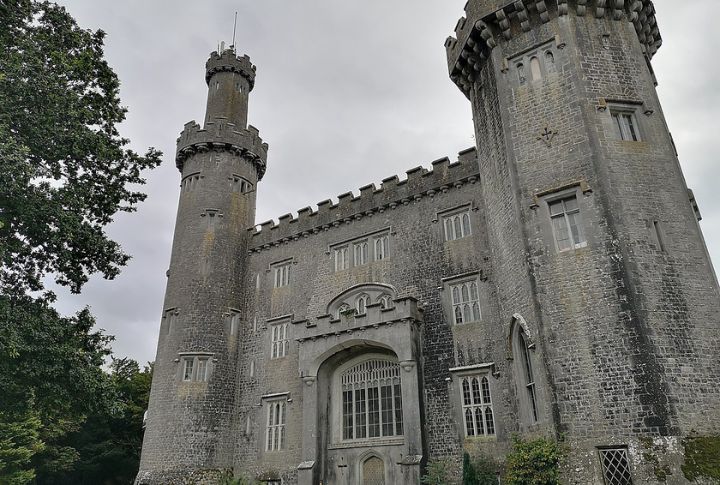
Located in Tullamore’s woods, Charleville Castle finished construction in 1798 and has a long history of paranormal activity. Films like “Becoming Jane” (2007) and “The Green Knight” (2021) took advantage of its dark Gothic architecture. The Blue Room, reportedly haunted by the ghost of a young girl, remains a favorite spot for supernatural investigators.
Woodchester Mansion, England

A house that was never finished, Woodchester Mansion hides behind trees in Gloucestershire with rooms that suddenly stop mid-construction. Its unsettling vibe made it a natural fit for BBC’s “Dracula” (2006) and “His Dark Materials”. No plumbing, no ceilings in places, just stone and stillness, and, reportedly, a few uninvited residents.
Six Flags New Orleans, Louisiana

After Hurricane Katrina, this theme park was left to rot. Rides stood frozen, food stands decayed, and nature crept in. The eerie ruins appeared in “Jurassic World” (2015), doubling as Isla Nublar’s overrun amusement zone. Today, security keeps most people out, but the internet is full of footage that feels straight out of a nightmare.
Oakley Court, England
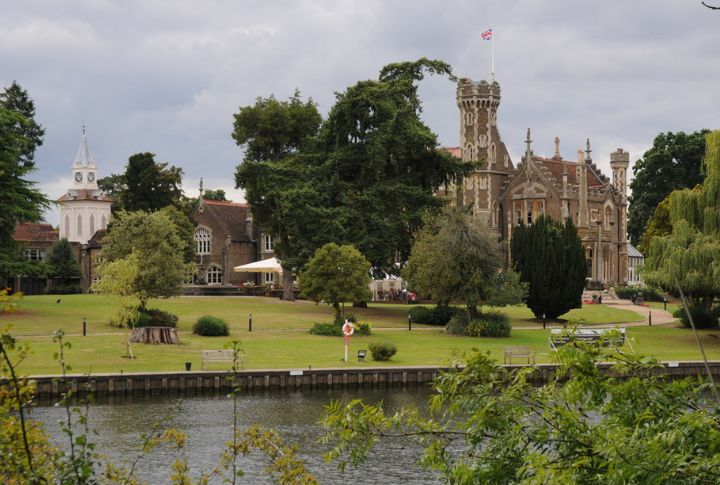
People who watched “The Rocky Horror Picture Show” (1975) will know this Windsor hotel instantly. Its ivy-covered Gothic exterior was perfect for Dr. Frank-N-Furter’s castle. But Oakley Court also hosted Hammer Horror productions long before. Between real bats, hidden passageways, and a Thames-side location, the place feels like it wrote its own horror resume.
Salem, Massachusetts

It’s impossible to walk through Salem without feeling its dark past in the air. The town was a fitting backdrop for “Hocus Pocus” (1993). Many exterior scenes were shot on real streets, including the Ropes Mansion. Salem’s mix of folklore and festivity keeps movie fans and ghost hunters coming back.
East Corinth, Vermont
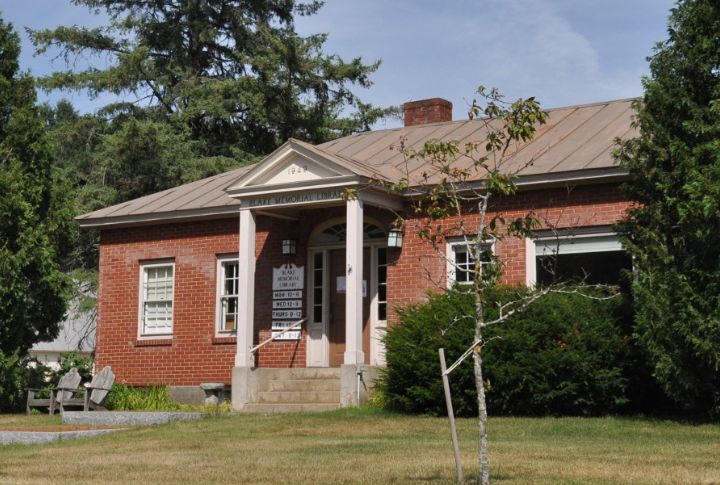
Blink, and you’ll miss it unless you’ve seen “Beetlejuice” (1988). Tim Burton chose East Corinth for its quaint, almost cartoonish New England look. The covered bridges and white-steepled church created the perfect “Anywhere, USA” with a spooky twist. Locals still smile when fans ask where the Maitlands live. Hint: The house was a facade.

